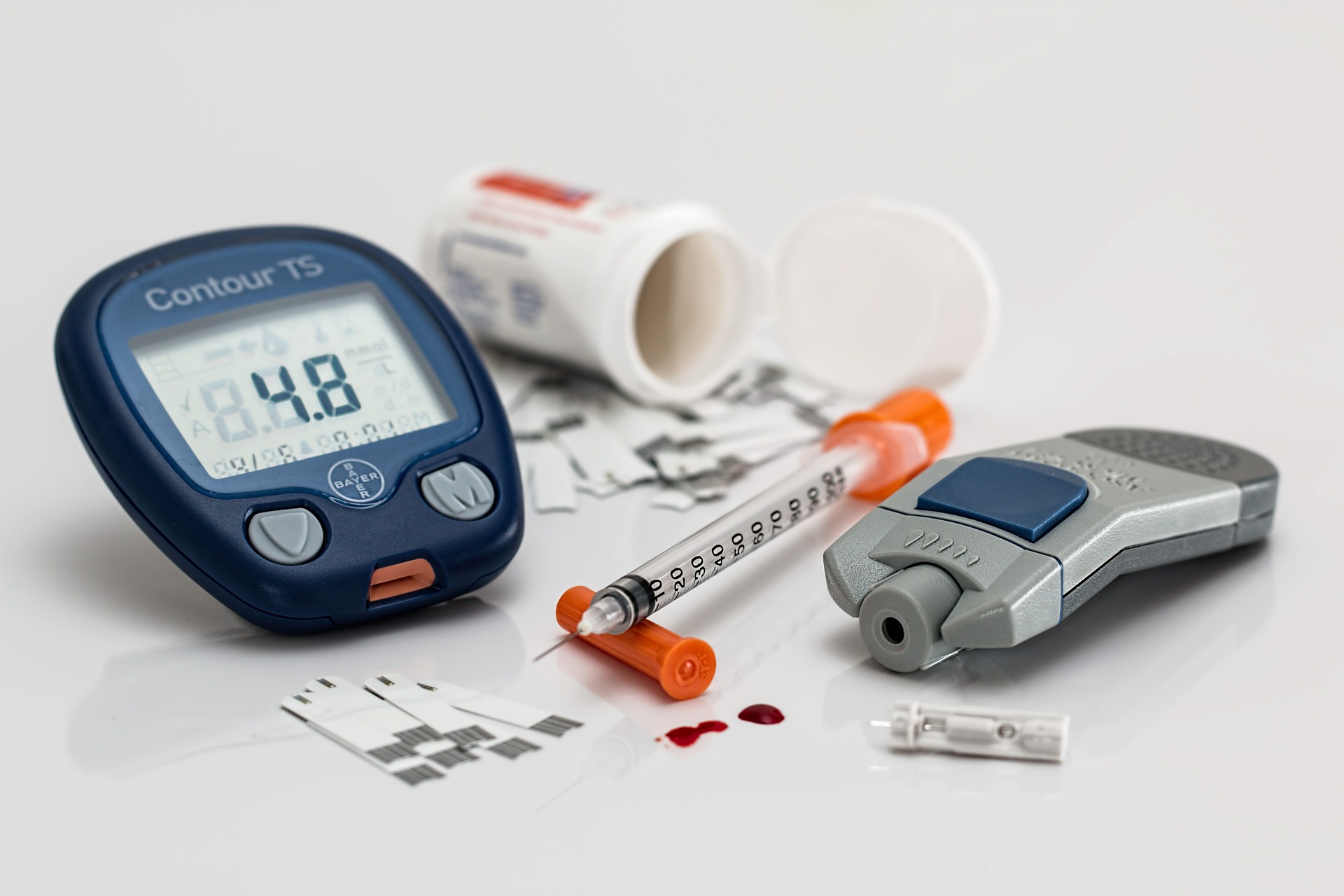
Millions of Americans, including many Medicare beneficiaries, rely on insulin, but many cannot afford to fill their prescriptions. Medicare spends $13 billion on insulin every year, which has prompted experts and lawmakers to take a look at Part D insulin coverage.
Out of pocket spending on insulin for older adults on Medicare Part D could rise under proposed drug pricing bills in the House and Senate according to a new article by associate professor of health policy at Vanderbilt University Medical Center Stacie B. Dusetzina, PhD, 30th Anniversary Professor of Health Care Policy Haiden A. Huskamp, PhD, assistant professor of health policy at Vanderbilt University Medical Center Laura M. Keohane, PhD, and professor of health care policy Nancy L. Keating, MD, MPH in the New England Journal of Medicine. These two bills – H.R.3, (Pelosi) and S.2543 (Grassley / Wyden) propose similar changes to Medicare’s Part D prescription drug benefit, including streamlining the benefit to remove the Part D “coverage gap” and adding an out-of-pocket spending cap. For Part D enrollees who use insulin, though, this change could mean that they will have to pay more for their drugs.
The authors calculated that Part D patients with no other drug expenditures who use long-acting insulin would pay $1,140.68 out of pocket for twelve fills today. Under the redesign proposals in Congress, if plans decide to use copayments under the streamlined benefit beneficiaries could save almost $600 per year. However, if plans decide to use coinsurance instead, patients could end up spending nearly $705 more per year on insulin.
Policymakers can ensure that insulin prices are lower for patients by requiring some insulin options to be offered under copayments in the redesigned benefit. This allows plans to leverage their bargaining power for obtaining lower prices and helps patients get the drugs they need at a price they can afford.